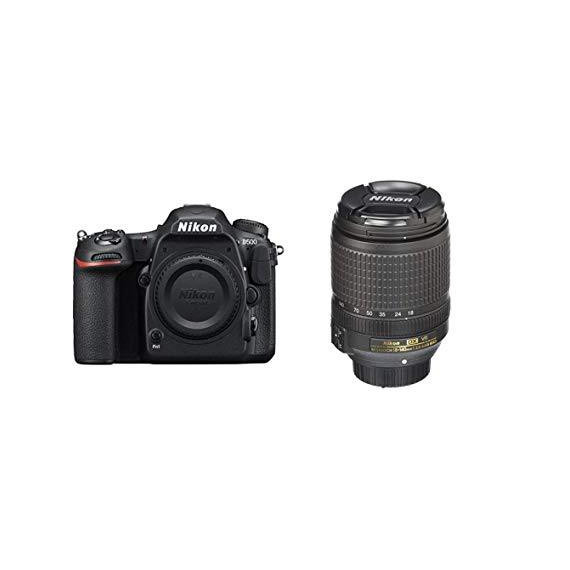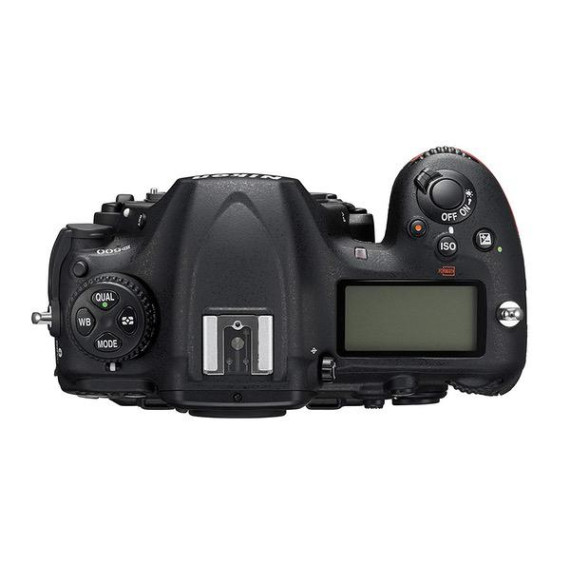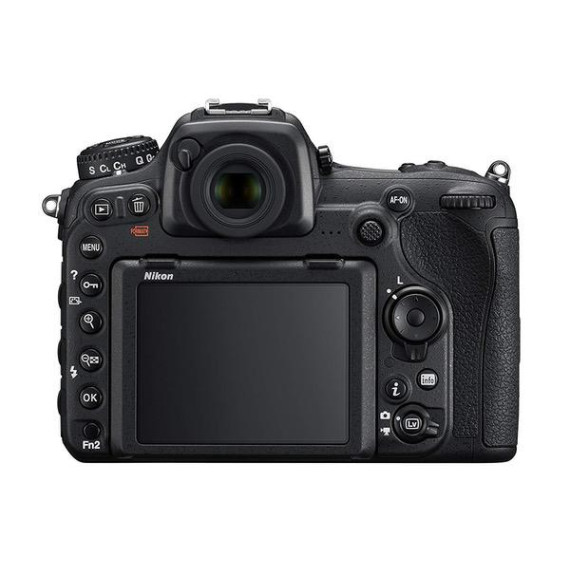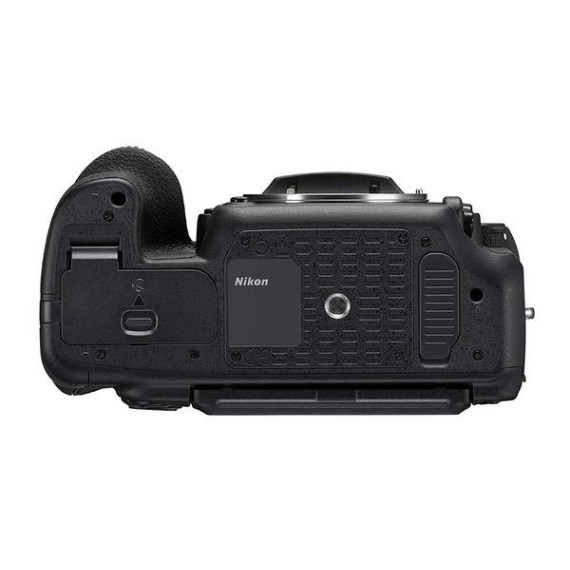Nikon D500 DX-Format Digital SLR (Body Only) and 18-140mm f/3.5-5.6G ED Vibration Reduction Zoom Lens with Auto Focus for Nikon DSLR Cameras

| Sort by Price | Sort by Availability | Sort by CODE | Sort by Style | Sort by Configuration |
|---|---|---|---|---|
|
$1,00280
$2,50700
|
In stock
|
B077JB8RBJ
|
Style:
|
Configuration:
|
|
$97700
|
In stock
|
B07QTMP9K2
|
Style:
|
Configuration:
|
|
$83840
$2,09600
|
In stock
|
B01A7Q0KZ6
|
Style:
|
Configuration:
|
|
$59840
$1,49600
|
In stock
|
B01A7Q0J3Y
|
Style:
|
Configuration:
|
|
$69840
$1,74600
|
In stock
|
B07QS78FVY
|
Style:
|
Configuration:
|















